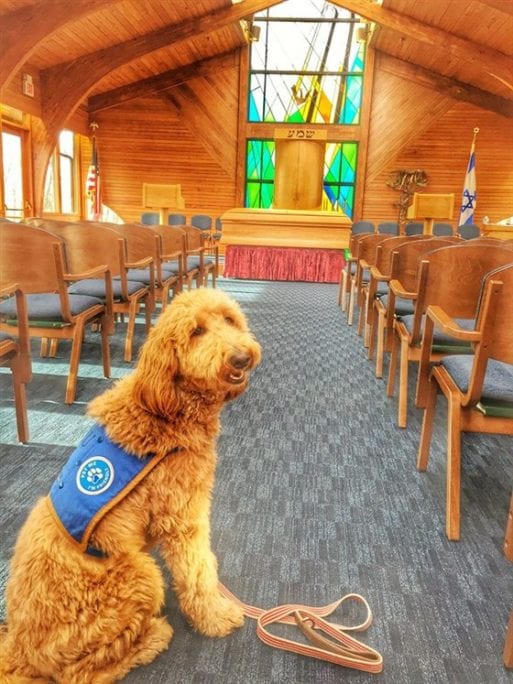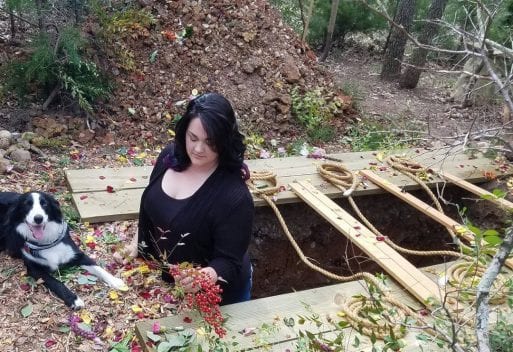
Lulu, therapy dog at Balland-Durand Funeral and Cremation Services
Credit: today.com
Our Tip of The Month
In the 1970s, several national therapy dog organizations emerged in the United States. These organizations registered handler and dog teams who volunteered in non-emergency environments and were trained to provide comfort and support for people dealing with stress and trauma. They most frequently volunteered in nursing homes and facilities for people with developmental disabilities. Over the last few decades, the use of therapy dogs has expanded into a wide variety of settings, including funeral homes.
The simple act of petting a dog provides humans with many mental and physical health benefits. Petting an animal releases feel-good hormones such as serotonin, prolactin, and oxytocin and lowers the the stress hormone cortisol. It also helps lower blood pressure and heart rate. The presence of a dog can help take a person’s mind from the whirlwind of stress and grief, even if just for a moment or two.
Jessica Koth, public relations manager for the National Funeral Directors Association, confirms that the number of funeral homes with therapy dogs is on the rise. In a survey commissioned by the National Funeral Directors Association, more than a third of respondents said they would be interested in having a dog present at a funeral or memorial service.

Credit: connectingdirectors.com
How-To Suggestions
If you would like a therapy dog present at your loved one’s funeral, there are many funeral homes that have therapy dogs as part of their staff. Many of them include photos and biographies of their dogs on their websites. Therapy dogs often belong to the funeral home director or another staff member. However, it’s possible for a funeral home to partner with a local volunteer who will bring their therapy dog if the family has requested it.
Therapy dogs are vetted for their temperaments: They must be friendly, even-tempered, consistent, gentle, and reliable in unusual environments. They are chosen for their ability to tolerate extended petting and are trained to exhibit consoling postures (e.g. placing head on lap/knee of the grieving person). They also know how to follow directions and to “work the room.”
You can work with the funeral home to determine the best course of action. You will collaborate to decide whether the dog should be at the visitation, funeral, or memorial service, whether the dog should be on or off leash, where the dog will go if it needs a break or to relieve itself, etc. Whether or not any guests have allergies is also an important consideration. The Alliance of Therapy Dogs is a good resource for learning more about therapy dogs and the benefits they can provide grieving families.

 Our Monthly Tip: Invite a Therapy Dog to Your Loved One’s Funeral
Our Monthly Tip: Invite a Therapy Dog to Your Loved One’s Funeral


 Neil deGrasse Tyson Prompts Ruminations on Life & Death in New Year
Neil deGrasse Tyson Prompts Ruminations on Life & Death in New Year
 “I Will Remember You” by Sarah McLachlan
“I Will Remember You” by Sarah McLachlan
 Greenland Sharks May Offer Clues to Extending Human Lifespans
Greenland Sharks May Offer Clues to Extending Human Lifespans














